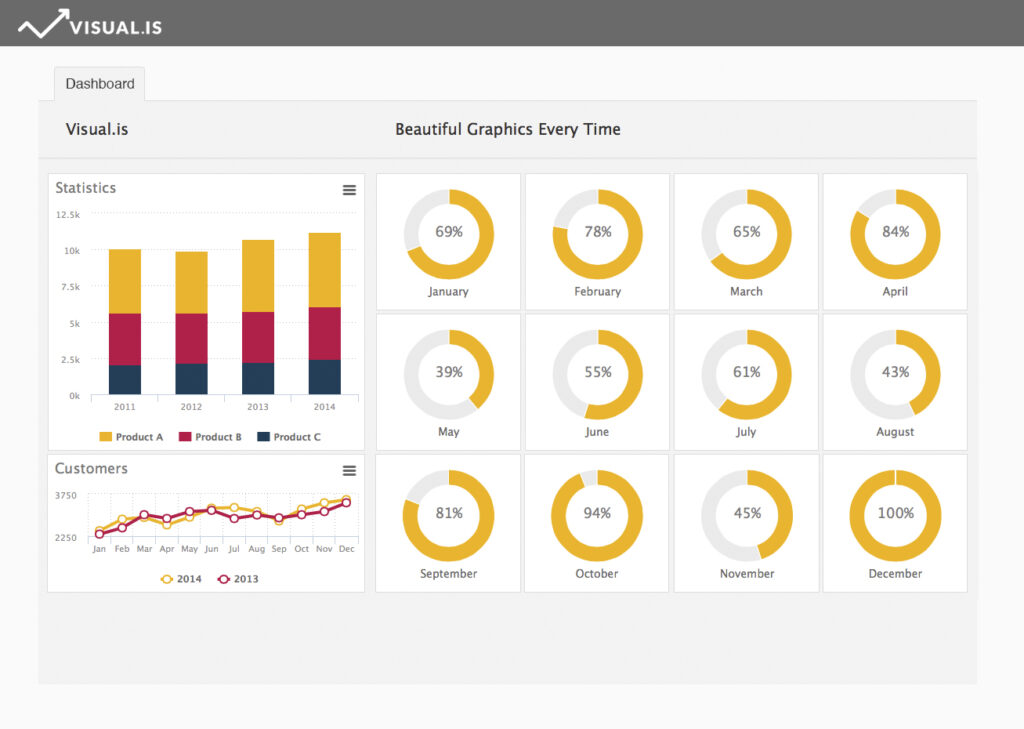Unified monitoring is a solution for monitoring and managing the entire IT infrastructure. It provides an overview of all your organization’s IT resources and helps you identify any potential issues before they affect business operations.
Table of Contents
Real-Time Monitoring
With a unified management solution, you can get real-time visibility into all of your IT infrastructures. Real-time is essential for security because it enables you to detect and respond to threats in near real time.
Real-time also allows you to troubleshoot problems faster, making your users less likely to experience downtime.
And finally, by having a single pane of glass in all of your IT systems, you can proactively monitor capacity and make informed decisions about when upgrades or replacements need to happen before they become critical outages or service disruptions.
Visual dashboard
Unified monitoring tools let you see all the relevant data in one place. They also provide more than just a list of statistics they use graphs and charts, along with color coding and other visual cues

to draw attention to important information. You can even filter the data, so it only includes what’s most relevant for you at that moment.
Notifications System
The notifications system is one of the most powerful features of unified monitoring, as it allows you to track multiple metrics across your entire organization.
For example, the notifications system in AirWatch Unified Monitoring is similar to an email inbox.
You can create rules and alerts based on specific criteria, like when a server’s CPU usage exceeds 80 percent for more than two minutes or when a device’s battery drops below 15 percent.
Alerts will send notifications via email or SMS text message so that you know when something important happens with your devices.
Notifications also include trends and reports that can be generated based on data collected over time from all of your devices, including historical data going back months or even years!
Single Pane Of Glass For The Entire Infrastructure
With unified monitoring, you can have a single pane of glass for the entire infrastructure. It provides a unified view of all the devices, services, and applications in your environment.
This saves time by eliminating the need to log into multiple systems and tools to get information about one resource or application.
Network and business-service monitoring
An excellent unified monitoring strategy should cover your network and business service monitoring. Network monitoring monitors the health of your network
it measures things like latency, packet loss, and throughput. Business-service monitoring focuses on application performance and availability.
For example, a good business-service monitor will support protocols that are specific to various applications (like HTTP for web apps), capture specific performance metrics for each application (such as response time), and provide this information in real-time or near real-time.
Digital solution Professionals ConnectWise state, “Unified monitoring and management software brings high-powered solutions together to create a service delivery offering that perfectly fits you and your needs.”
Application And End-User Monitoring
Application performance management (APM) helps businesses by delivering visibility into application performance and providing insights into the user experience.
APM solutions are able to monitor applications, end users, and devices in order to identify trends in response times or errors that could indicate performance issues or security threats.
Unified monitoring is a great tool to have in your organization, whether you’re using it for security or compliance.
It can help you ensure your environment is secure, monitor compliance with industry regulations and standards, identify problems as they happen, and even automate notifications when something goes wrong.
